…on Feb. 12, I received another red tail, yet another human-screwed-up bird. I was hesitant to definitively state this, despite the evidence, as what are the odds of two raptor victims of GHS (general human stupidity) coming in back-to-back? But all the evidence pointed to this conclusion: the bird could only fly 20-30 feet at low altitude before landing; he was thin from lack of proper diet and lack of flight conditioning (which develops the chest muscles); he was totally unfazed by being in human hands; he sat on the glove willingly and comfortably; had no problem with hand-feeding…
A truly wild bird will remain defensive even as it tolerates its captive state. It darn sure won’t sit on a glove willingly, and it will as soon take your fingers off as accept food from them.
And still I refused to believe the evidence before my own eyes. Because he also had frounce, which is basically a yeast infection of the digestive tract, I focused on treating that first. Once the meds started working, I nicknamed this guy Hoover, because he inhaled the food presented to him like a feathered vacuum cleaner. Because he was also very thin, I was feeding small meals several times a day, and he always wanted more—even gave juvenile begging calls as he demanded, “More! More!” I sent a short video of his behavior to Steve Hicks of Bubba & Friends raptor rehab, and his assessment was the same as mine. And yet I still kept hedging…TWO consecutive birds with extensive prior human contact?
As his condition improved, I was able to feed him larger meals and eventually he was able to eat the mice without being hand fed. Hoover was transferred to Bubba & Friends Feb. 19, where Steve, who is also a master falconer, put him through his paces and left no room for doubt. The bird has been in captivity, probably for most of his life, and accepted jesses with no problem. His thinness was in part due to lack of developed chest muscles, as I mentioned before, indicating that he’d had very limited access to flight. He had no difficulty adjusting to being in new surroundings or transitioning from a female caregiver to a male caregiver—in short, as long as he gets his food, he just doesn’t really give a (pardon the obvious joke) rat’s arse about anything else.
Steve will continue to work with Hoover to see if he can be “re-programmed” for life in the wild. Honestly, at this point, it’s anybody’s guess. Given his youth, it’s very possible that he was taken from the wild at too young an age, kept as a “pet”, and will never be able to fend for himself. We’ll just have to wait and see…
This barred owl was supposedly found by the side of the road, and the couple who called me about him raved about how sweet he was: They were hand-feeding him, and he liked to have his head rubbed, etc. A concussed bird will frequently act very docile, so that was my first assumption. Then they said they’d had him for either a week or a week and a half, hand-feeding him either chicken or beef (their stories didn’t quite jive). When I met the husband to acquire the bird, he had him sitting UNRESTRAINED in the parking lot, on a barstool converted into a makeshift perch. Hmmm….
At Smalley’s, as we attempted to examine his wings before x-raying (no breaks), he stepped onto my arm without my even intending him to and sat there, perfectly calm. Still, concussions will make birds act weird—and three screwed-up birds in a row? Impossible. I eased him off my arm onto the exam table so we could see his feet. All doubt removed…talons were so overgrown that his toes couldn’t even touch the table. This bird had been in captivity on improper perches for a loooong time.
This gorgeous little female Eastern bluebird came in the evening of Feb. 18, a Saturday, with a wing injury. Of course, we had to wait until Monday for x-rays to confirm a break, but at least it wasn’t an open fracture. She did have some fresh blood beneath the wing, but no exposed bones, thank goodness.
Same old story…people find wildlife and think it’s neat or cool or whatever to try and raise it on their own, and then when they screw up royally and the animal’s at death’s door, they suddenly find a rehabber’s number. Ask any rehabber; we all experience this ad nauseum. See my soapbox rant above…
I met the caller, who handed me a shoebox, with the caution that the squirrels “looked real bad.” I opened the box, expecting sticky, feces-covered babies. Nope. One was already stiff; one had just died and was cold but still limp; the third, pictured here, was massively dehydrated but still moving.
I try not to be rude to the general public, so I bit my tongue real hard and said as mildly as possible that had these babies been brought to me when they were first found, all three would still be alive. This poor little guy still isn’t in the best shape, but he’s a fighter.
Laurens Wildlife Rescue received a total of 208 intakes for 2011. Of that total, 99 were songbirds, 42 were raptors and 64 were small mammals of various species. (I had one DOA deer and one DOA turtle.) Our overall release rate, removing DOAs, EUs, transfers, and overwintering “guests” from the mix, was 78%. I logged 6,134 miles picking up critters, running them to the vet, and transferring raptors as needed.
There were 273 calls that didn’t result in intakes, the majority from the metro-Atlanta area, despite my prominent caution on the “Contact Us” page that I’m a good 150 miles from the metro area. I referred all the callers I couldn’t assist to rehabbers in their areas.
Donations totaled $1726, down from last year; of that, $525 came from donors outside Georgia and $665 from donors in the state who didn’t bring me animals. The remaining $536 came from people who actually brought me critters.
LWR received two small grants, $4000 and $1500, for supplies, facilities improvements, etc., which helped immensely with purchases of food, bedding, additional rehab manuals and species accounts, and miscellaneous registrations, such as membership in the National Wildlife Rehabilitators’ Association. Portions of those funds, along with part of a small grant received this year, were set aside to revamp my songbird flight pen and construct a small raptor flight pen. Neither of those is past the planning stage right now.
My total expenses, including $.50 per mile gas allowance, came to $9995. Of that, $5000 came from the grants ($500 of total set aside for flight pen repairs and not spent in 2011); $1726 from donations, and the remaining $3269 from my own paltry coffers. To be honest, without the grants in 2011, I would not have been able to rehab on the scale I did; I would have had to turn animals away for lack of funds to adequately care for them.
This is why I stress that kudos are nice but cash keeps the rehabber in business. As I’ve said repeatedly over the past several years (repeat along with me, now), respect and admiration don’t fill furry bellies or feathered crops.
Providing for these animals and giving them a second chance at life isn’t cheap, and everyone seems to assume that someone else will step up and help cover the costs. That leaves me making up the rather substantial difference. Sadly, this is true for most rehabbers: we are among those few who can honestly say that we put blood, sweat and tears into our work, along with vast amounts of our own limited funds.
Please keep in mind that YOU are the “somebody else” whose tax-deductible donations can help us continue to compensate for general human stupidity (which I’m STILL not allowed to list as a reason for the animal’s need for rehab) and return these animals to the wild. (Helpful hint: there are PayPal links at the bottom of every page on this site except this one!) Folks, the wildlife I care for is a part of YOUR natural heritage; step up to the plate and assume “ownership” by helping us rehabbers do our jobs!
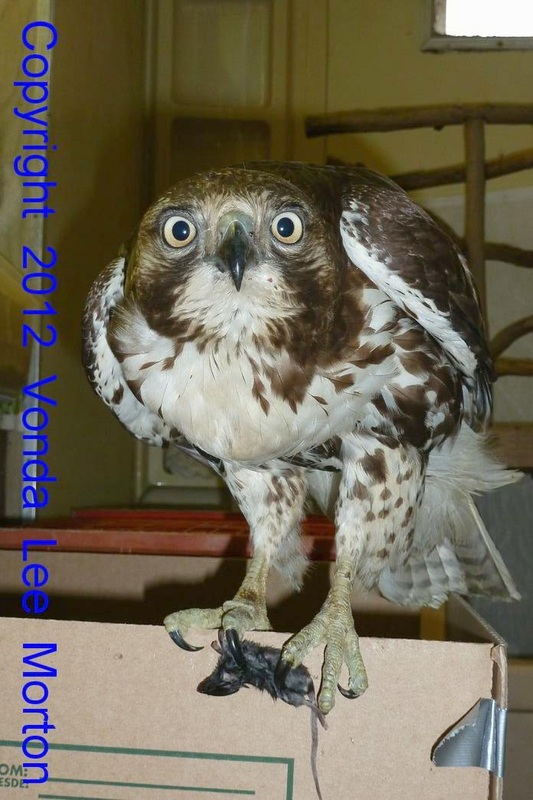
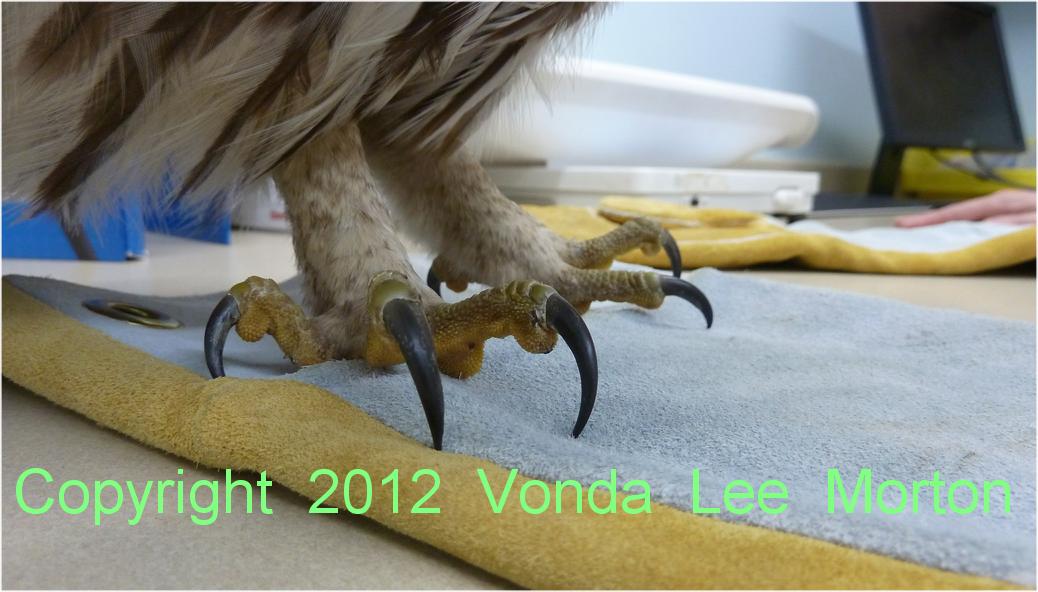
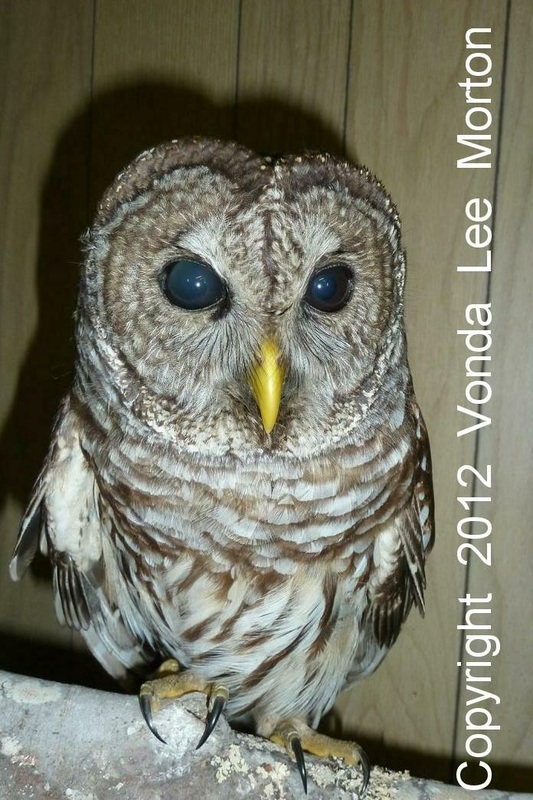

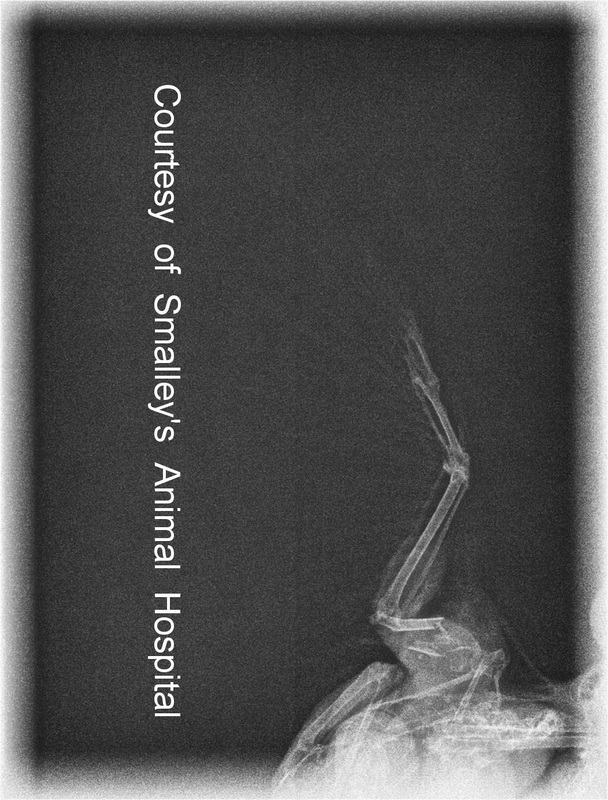
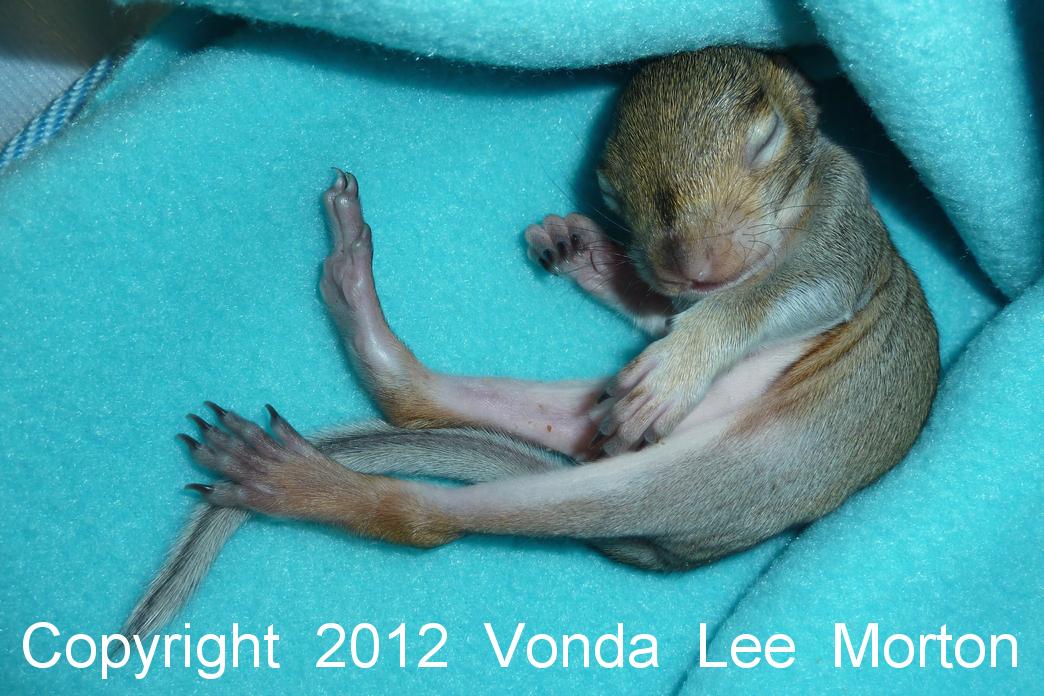
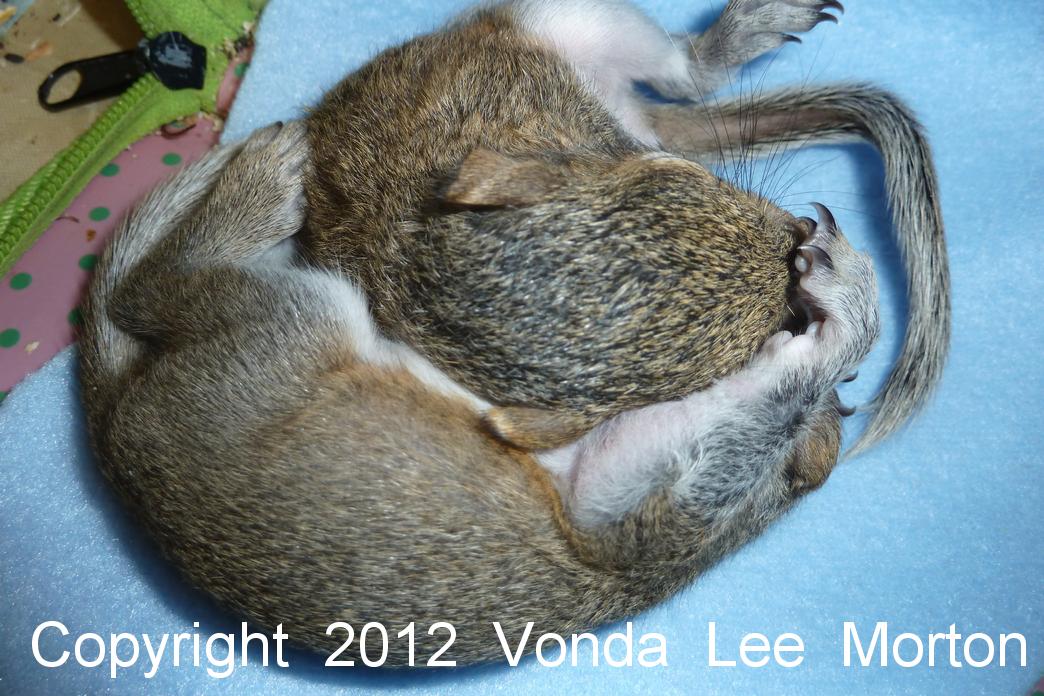
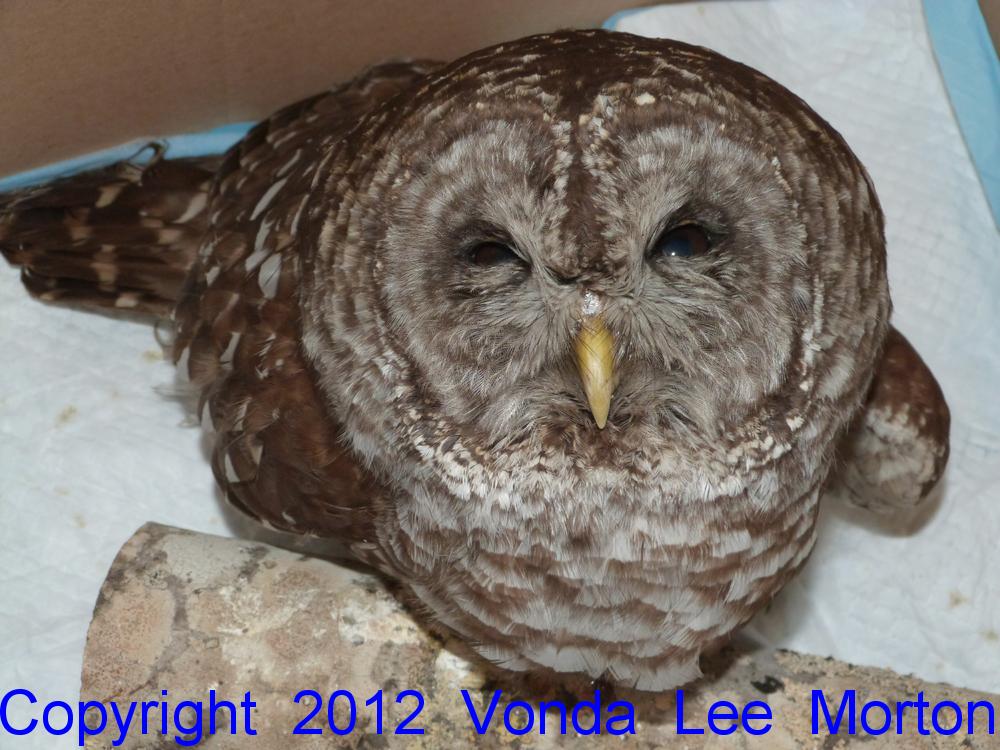
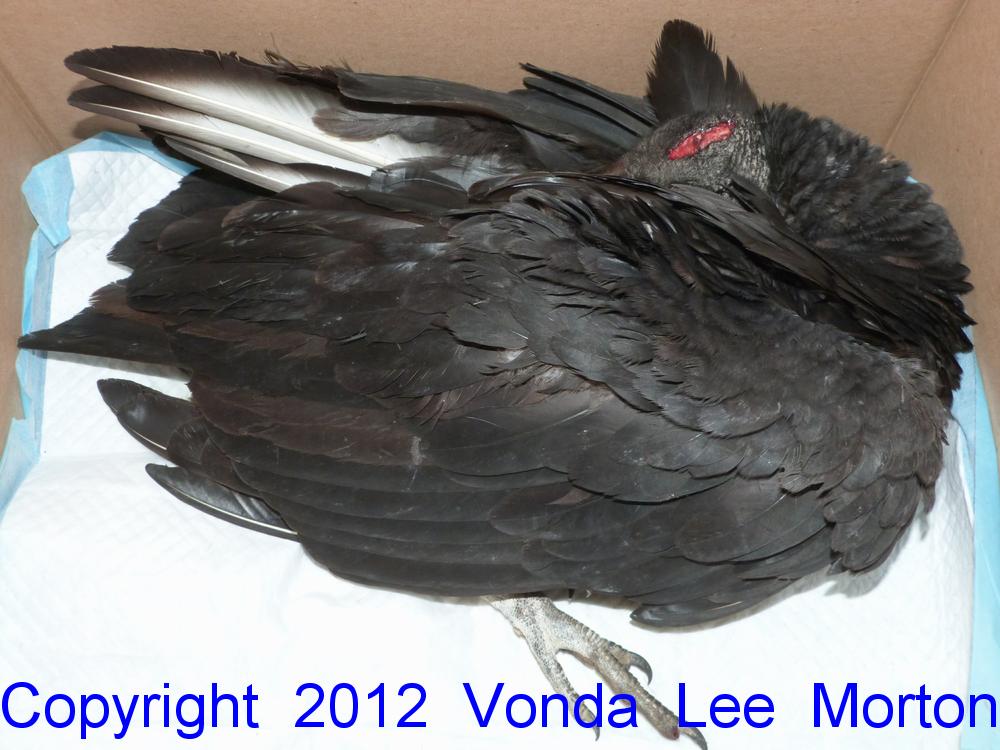
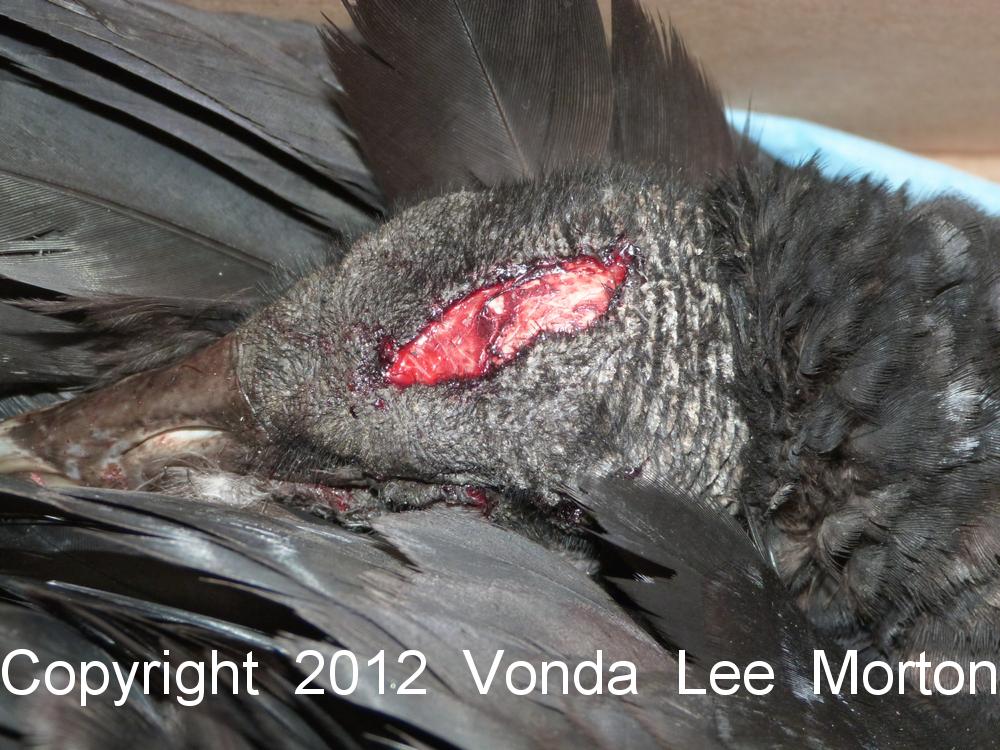
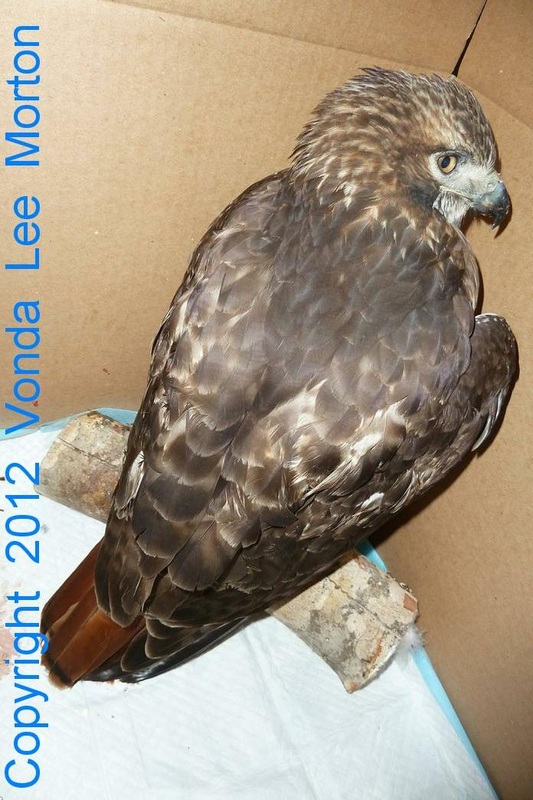
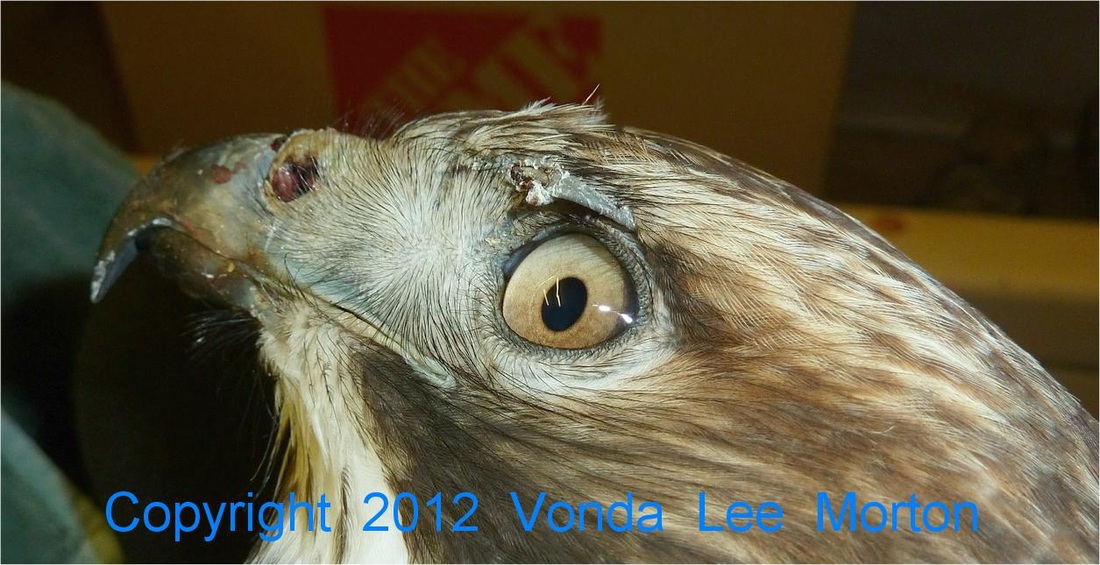
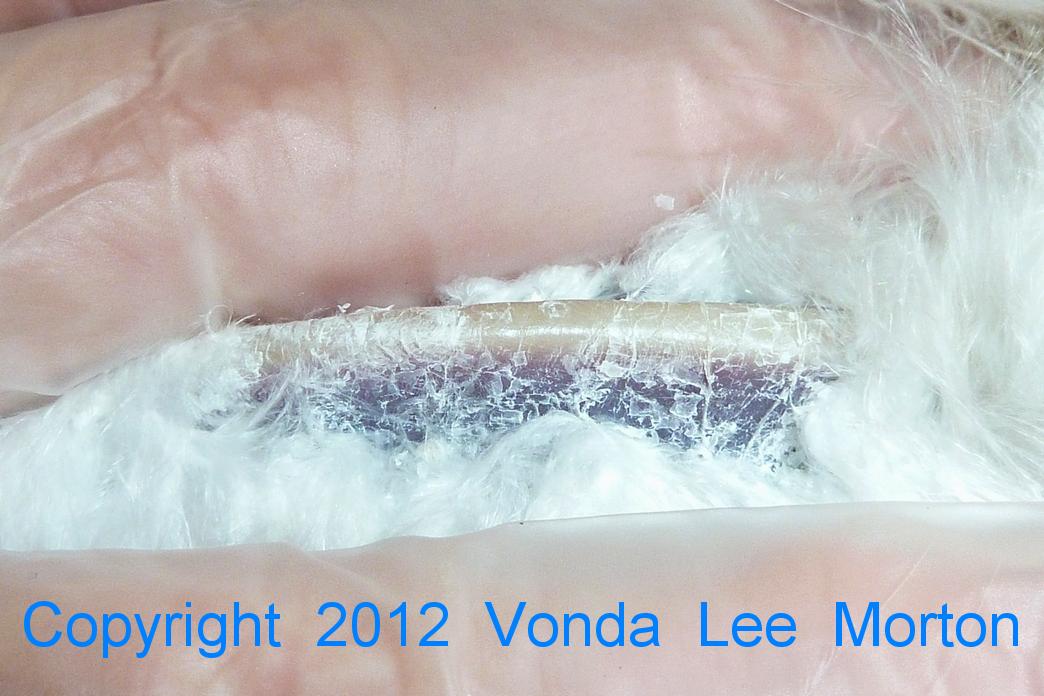
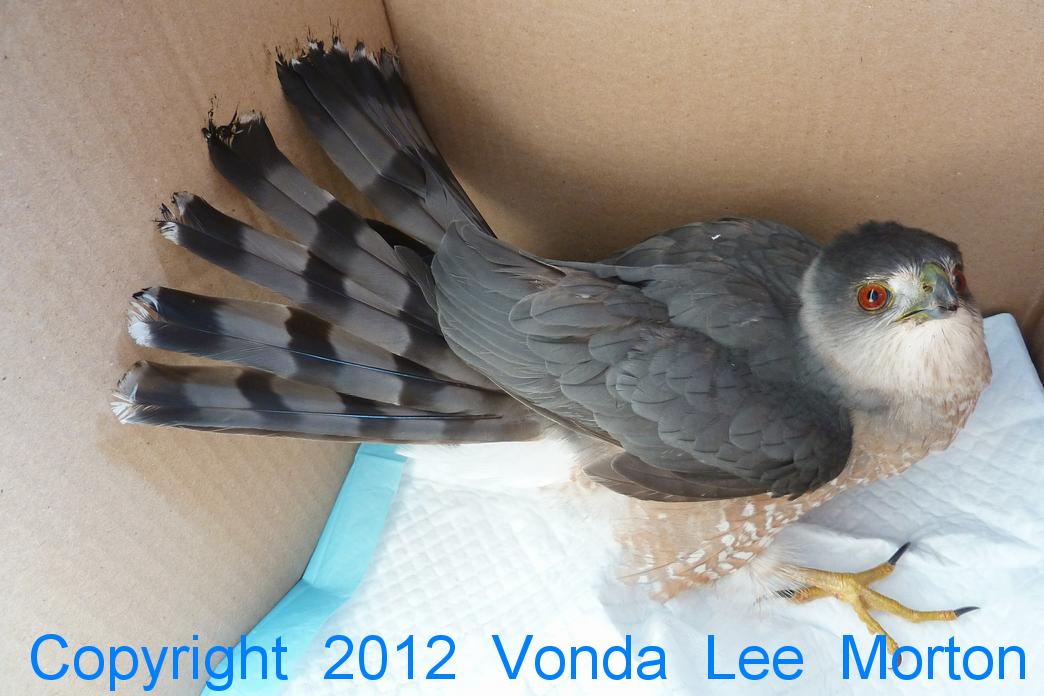
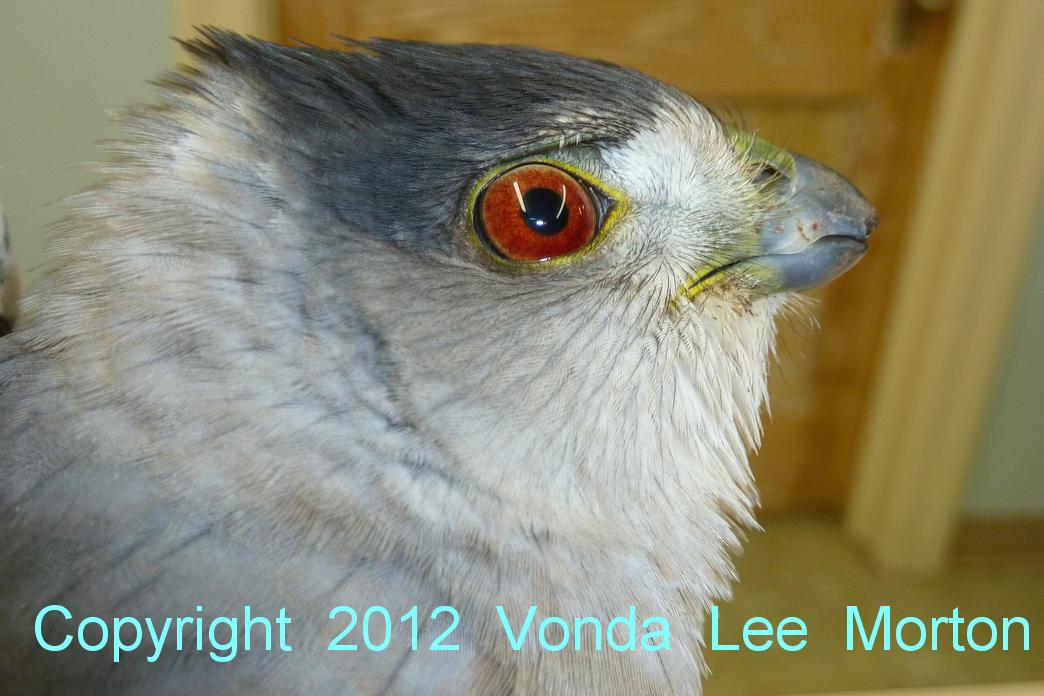
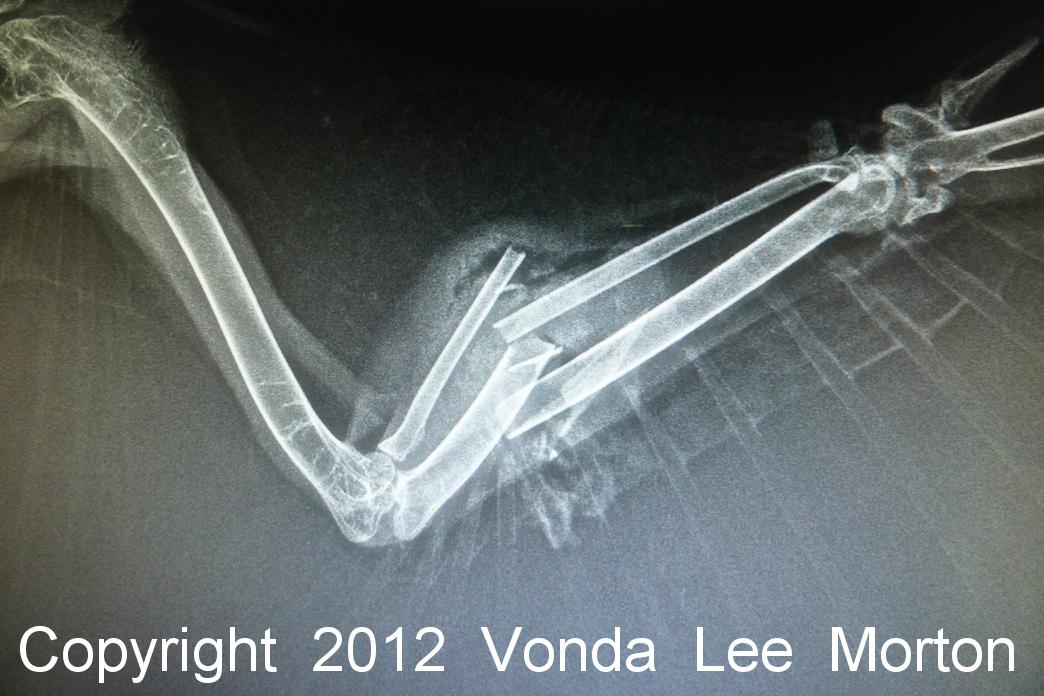
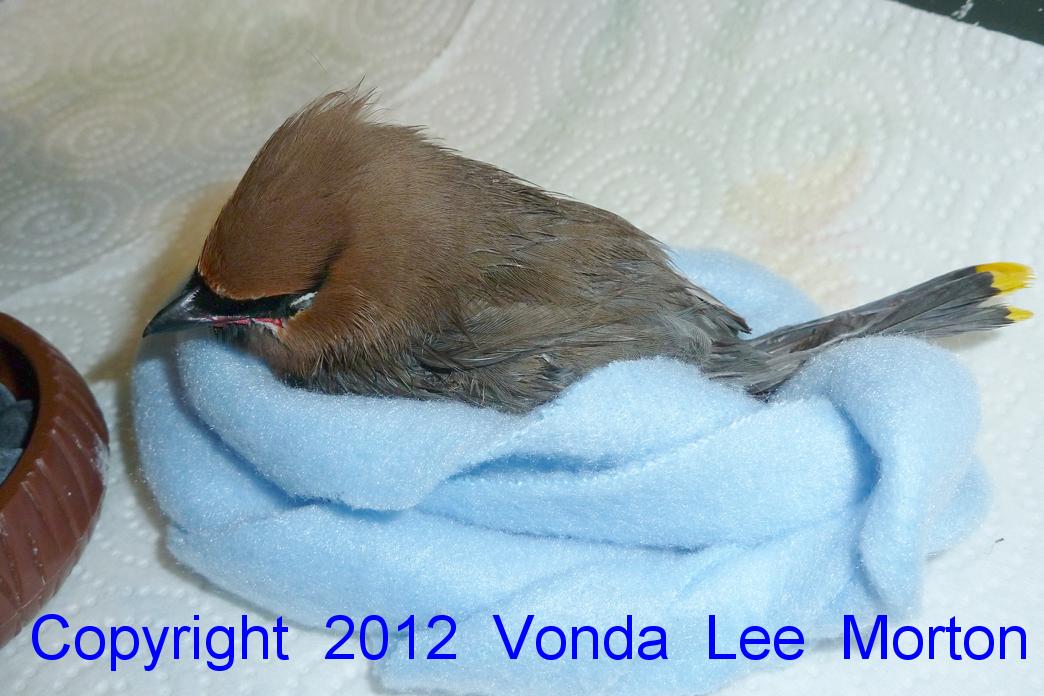
 RSS Feed
RSS Feed
